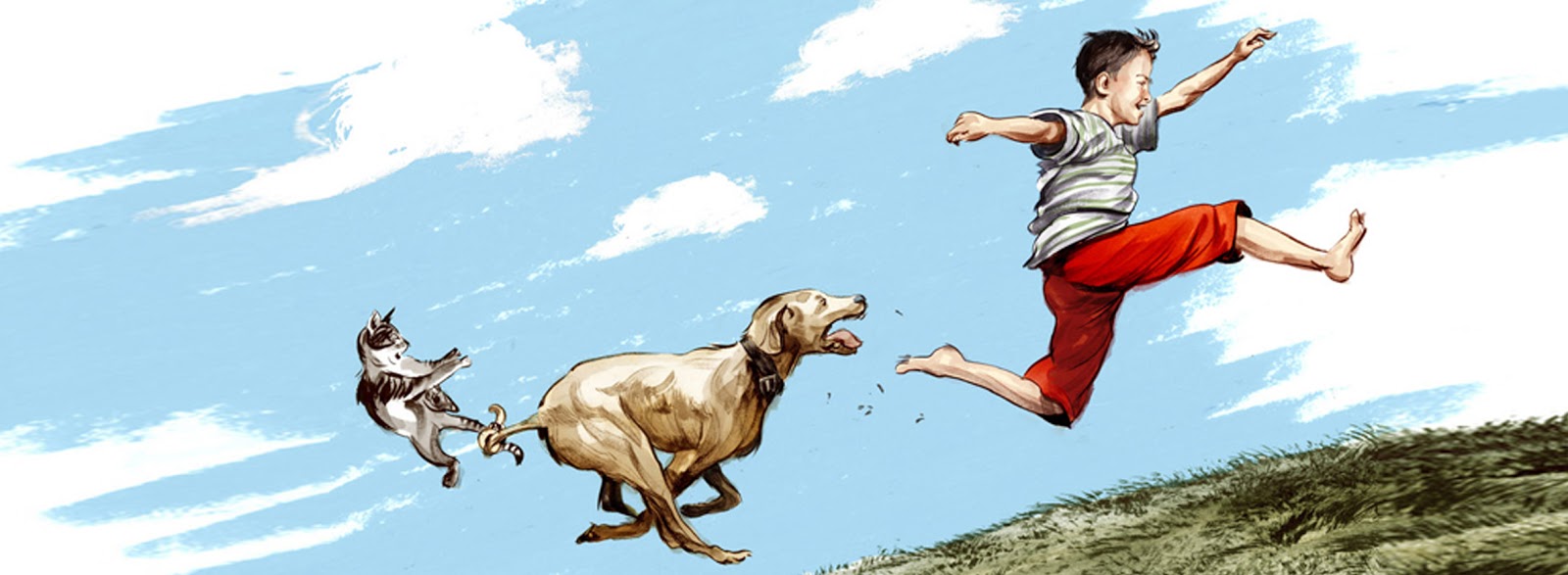 |
Yes, Facebook is a goofball distraction thunderdome of political anger and kitten selfies. And I admit to appreciating it for this to some degree… I think we all do. But it has, quite by accident I am sure, become a serious repository of some of the best and most current art in our field. Whether it’s Tor.com and Irene Gallo’s private gallerypalooza, or Hi Fructose’s daily gems, it is a magnificent place to see and keep up to date on the most current art being made professionally out there. There’s a lot of eyes on the thing and eyes are what the visual artist requires in order to complete their cycle of making work. For the artist today, it is how you get your work seen, it is where you announce your gallery shows, book publications, poster commissions, Kickstarter campaigns and WIPs that everyone seems to love. It is a tool by which publishers now rely and use to promote books and your work, movie studios for their films and just about any business to put their face forward into the world. People don’t just want to read your novel, they want to know what kind of muffin you ate while writing it- for better or worse, Facebook is where that happens.I get asked a lot of questions about it as one who uses it daily and we even had a great discussion about this via the Western Mass Illustrator’s Guild just this week, so I thought I’d codify it all into this here one place. Some thoughts and experiences below that might help navigate the old Facebooker and help the newbie make the most of it. No emoticon required.
Clearly I say DO, but it’s a valid question because FB like any relationship is work. And it is a relationship. FB rewards frequent but not overly frequent posts and punishes the meek with anonymity. Its set up to do just that by its own architecture. If you play with it enough you can see the shape of it, and it’s a good idea to do this because its a tool really, and the better understanding you have of any tool, the more that tool can do for you. For me personally it is a place that has allowed me more autonomy over dealing with galleries, managing the sales and access to my original work, and the books and other projects I participate in. Yes I have a website, and you should too- do not use Facebook in lieu of your website. I know it was the in thing to use Myspace pages as such, but to the professionals out there you are looking to woo, it looks bush league to do that. FB is a megaphone for your website and a playground for promoting your work and teasing out exclusive peeks at process. I have found obscure, odd angled iphone pics of pieces I am working on can get far more approval than even the finished piece does. People LOVE seeing WIPs (works in progress). FB is essentially like a living DVD extra, which is great but just be sure you have your feature as a go-to place… i.e. your website.
Overall FB takes time and energy and work. It’s like rolling a snowball: it will only grow if you put your back into it. There are tipping points you will find… the level of interaction shifts dramatically once you reach 1000 friends, hit 3k and it blossoms again. Getting there isn’t just about collecting random strangers from Whereverslavia, you do want to network yourself with actual friends and those for whom in your field you are inspired by and have an affinity towards. but you want to do this without being overtly self serving. Facebook is a playground and you should lead with fun and positive stuff. Here’s some things I’ve learned swimming in these tidal waters:
I have come to find that FB loves you to post once a day. But post more than thrice daily and you will find your posts getting buried deeper and deeper in the back end of the woods. It responds to participation but too much overwhelms and starts to both turn off people to your brand online but also gets lost int he fb architecture. This is essentially akin to the below comments about keeping it brief. I also highly recommend scrolling through the main feed and liking stuff you like. Interact and play ball regularly and it keeps you in the conversation, which is especially helpful when you have to promote a new thing.
Change this up fairly regularly. it’s like getting to rearrange your room every week or so and can be fun for that. Plus the overall exposure a change to your profile pic or banner art brings is proportionally higher than just a regular timeline post. Facebook is a fubulon for pictures and art and exploiting this basic reality is a real boon for we the artists of the world. Show, share and be open. Provide whenever links to common resources for finding your work- again having a website as the go-to is really recommended- but overall use these basic buttons as a place to have fun and change things up a bit. You can also use this to tell the spambots from the actual potential friends by checking on others’ profiles and banners. (Usually a blank banner or a mere handful of sex selfie shots, or friend’s lists of all men, means they are not a real person, fyi, and you should expect some sexvertizing or sunglasses deals to pop up on your feed as a result of accepting them into your circle).
There’s essentially two ways to go- your own personal page or a pro-page. They may look the same but they behave very differently. The personal page is the core of the entire platform so it gets the liopn’s share of benefit and attention- good and bad. It’s also the place your grandmother will find when she looks for you on FB and where your teenage kids will be mad at you for posting pics of them in their diaper days when they are trying so damned hard to be cool as ice at school. SO you need to manage and decide how you want to interact from that side of things. And there is a limit- 5000 max friends on personal pages. With pro-pages there is no limit. However, with pro-pages, it’s all pay-to-play. Your posts will live int he spiderweb darkness of FB unless you pay to promote them. It can get expensive and while you do have the ability to track and gather data on the success of the posts, largely these get missed. A post from my personal page and one from my pro page are night and day different. This is why I rarely if ever use my pro page at all. FB is a lot of work already without having to do the dance twice.
So I tend to go personal- and that means mixing up my own personal life with my work. But to be honest, I am a work at home freelancer and that has already happened. A lot of people- most really, use FB to show what they had for breakfast or vacation shots of their families. You can still do this thing with your own professional bent, but you do need to manage and make certain your thoughts and content. Facebook is a vast human stew and sometimes there are mouse hairs out there you will find in your spoonfuls. Be conscious of what you post especially vis a vis your kids or personal life. While I myself use Facebook a LOT, notice I don’t overshare my day to days on it. I’m a largely private person and keep the bulk of my personal trials and tribulations offline. Pics of my kids are only occasional and only if they are okay with it and I never post shots of my clam chowder. It’s just not my way. So bringing the professional side of my life in is an easy fit. I’d likely not use it much if it was just my personal yearbook to be honest. But as a tool of my art life and business, it has been the most liberating, agency awarding and financially helpful tool I have ever used ever.
Facebook is a social media platform that is all about the sharing. You can’t just use it as a megaphone to shout at a crowd about how awesome you think you are, or how damn fine your cup of coffee is… you need to interact and celebrate your friends too. Making sure you re-post other pals’ work, or gallery shows or articles is as essential to your own ends as it is fun. I can’t tell you how many artists I have come to discover on FB and have become actual human world friends with as a result. That alone is cause to be social here. And that’s the rub of it- FB is a socialist’s wonderland: It’s at its best and works best for you when all are sharing and cheering each other together. Some have accurately described it as an ongoing convention floor, and that’s partially true. But even if you are the most narcissistic person on your block, making sure you share and celebrate other people and their work is essential to you getting that itch scratched. Its architecture rewards this behavior and surfing that actuality is how you can make it work for your own promotional ends. And to be honest, that’s the fun part for me personally. We all as artists work alone on our stuff for the most part and if you’re not in a coop studio or living in a big city with an ample social scene, (most of my neighborhood art-eratti are squirrels and sometimes when I look out my window there is a horse), FB is a place to get a taste of that via remote. So it’s nice for that. It takes a longer time to build a proper audience- I myself have been actively doing it for several years now- but the net result is really worthwhile if you can be sure to share and interact in a positive and mutually constructive way.
Facebook having been peopled with your slow burning ground-up friends list is also probably the single best resource for art advice I have ever found. Want an idea of how people like the new Wacom tablet- Facebook it. Need to know the best ratio of egg temepra or whether Liquin works with your oil paintings? Facebook. Seriously I have been rescued time and again from ignorance by way of some truly helpful input from the folks out int he world, whether its practical art studio tips, best gallery approaches, or movies suitable for your kids. Not only is it good for you, it is good for them. People love giving advice and having that advice received, and participating in this way helps everyone have a good time and with the benefit of advancing your skillet to boot.
It is a social media outlet and though unlike Twitter limiting your content count, Facebookm is a wide open free range megacity one of word salad. But if you think of it like any kind of conversation at a party, you’ll know to curb the length of your manifestos. Especially int he replying part. I am one who tends towards word-avalanches, and so I confess I am not always a success at this aspect, but I am getting better at it. Be brief, be concise and be directed. Like that old chestnut in politics and comedy: if you’re explaining, you’re losing. A good rule of thumb is to try and keep your posts and especially your comments below the threshold that triggers a “read more” tag at the bottom of your line. That’s FB’s version of turning the music up during your Oscars speech. We all get into heated and intense convos there and this isn’t always possible, but try to avoid twenty line responses to 2 line queries. Keep it short and sweet and people will read you more- largely folks are looking at this when they should be working, or out getting coffee or laying in bed before sleepy times. They will skip past you like ebola on toast if it means experiencing a read akin to Gore Vidal, but without the Gore Vidal part.
Positivity is one of the least discussed but most essential aspects of the medium. A place famous for hate screeds racist rants and horrible discoveries that one’s old high school chums have gone to a dark place in the years since graduation, Facebook largely will benefit you more by you being a positive and supportive person online. If you are prone to current event posts and especially political ones, make sure you keep it kind and and ecumenical if and whenever possible. Largely you will be preaching to the choir as your feed will be filled with those you mostly interact with anyway, but you will be approached by any number of woodland creatures aiming to overturn your apple cart. (For a list of the various species of these folk I refer you to my previous post on the subject HERE). Talking smack about people, gathering hate troops or railing against folks in replies serves your goal of interconnection and promotion not one bit. You got screwed by your publisher- do not rant about it on fb. Be kind gather ye roses and enjoy yourself without having to do so at the expense of others. People have stressful lives and while many largely enjoy vetting their ills on FB or taking it all out on digital strangers, most people are looking to be inspired, not frightened. These people are your audience and your customers. Treat them well and they will come back. Don’t be that dirty little bodega no one goes into because the store-owner won’t change his shirt and yells at you for touching the Almond Joys without purchasing. Be kind and be a warrior for kindness. Review books film and give hearty recommendations, but avoid smearing things you dislike whenever possible. Be your best positive self out there. It will be rewarded.
I sue it for both and with great effect. I would say that FB has become a resource for my own total income portfolio that grows with each passing year. I don’t often sell directly via FB, but use it as a contact point to interact with buyers and foster attention on new work I do sell via my website. It is largely the main platform by which all of my commission work passes through. It has become the mainline home for my ongoing 52 WEEKS PROJECT drawings series and is absolutely essential for my books and other projects as they roll out. Publishers rely on it as a platform for their new lists and movie studios use it to push their new films. It is a place where people are and those people are your potential readers, fans and viewers. I don’t post prices often but do announce sales and links to where that information can be found. I make sure to coordinate with my publishers when posting work to promote and use it as a way to test the waters on new techniques and project ideas. Facebook and online media at large, have made it possible for me to to eschew the gallery scene almost entirely, and as a result I get to decide on the cost and value scale of my own work myself and manage and control what work gets out in the world and what I keep. In this regard especially, Facebook has been a liberating experience like none other.
One of the most egregious mistakes people often make is overselling themselves- using every opportunity to push their agenda. For example a friend posts a pic of their new painting and amidst the screed of hearts and clapping emoticons, you compliment the work in the first line and then spend the remaining six talking about how it reminds you of your book and here’s a link and why don’t you buy my book? Being supportive of your community as an ethos is much more tactically wise than clawing after compliments and successes. Don’t friend someone and then seconds later post your kickstarter campaign on their feed. Nobody likes a close talker in real life or on FB, and desperation is a strong and immediate odor, easily found and immediately deflating to your cause.
Essentially from a working artist perspective, this is really all a interactive promotional platform, and one that responds accordingly to your input. Cut corners on your posts by mirroring exact threads from twitter, instagram etc… you’ll get corner cut responses. This is not the place to DO work, but it’s a place to get your work seen and grow your audience. Publishers now rely upon it for creating presale buzz that turns into pub day traffic that garners NYTimes besteller lists that creates more sales and buzz and so on and so forth. Movie studios use it for the exact same purpose. But despite the financial force behind these two industries, facebook is largely democratic in that all you need to do is build an audience to have the same effect and result. For artists, the goal is to get seen and to find a way to make a living, so you can make more art. At least that’s the foundational cornerstone of our lives. This is merely one way to make that happen in a world growing largely more online responsive with each passing day. Its important to take it seriously and to exploit it for your own ends, and pay attention to its changing winds. It adds more work to your plate, I know, but it also provides a level of promotional agency we haven’t enjoyed before. And in a time where publishers are cutting way back on marketing campaigns, it’s becoming an essential tool for making sure the thing you spent years working on doesn’t end up in the dustbin a week after it drops. It isn’t a crutch to lean on but a bugle to trumpet your work. It won’t resurrect your career on its own or create one either. it is merely a thing to help you do your thing more successfully.Boon and bane both, it nevertheless is here and it can make the difference if you do it properly. Consider it practice for whatever crazy next social media behemoth comes in five years that turns the table over again. Odds are we’ll be talking about some other ubiquitous social media platform in a few years, so get limber and get ready. it’s going to be a wild and wooly ride.


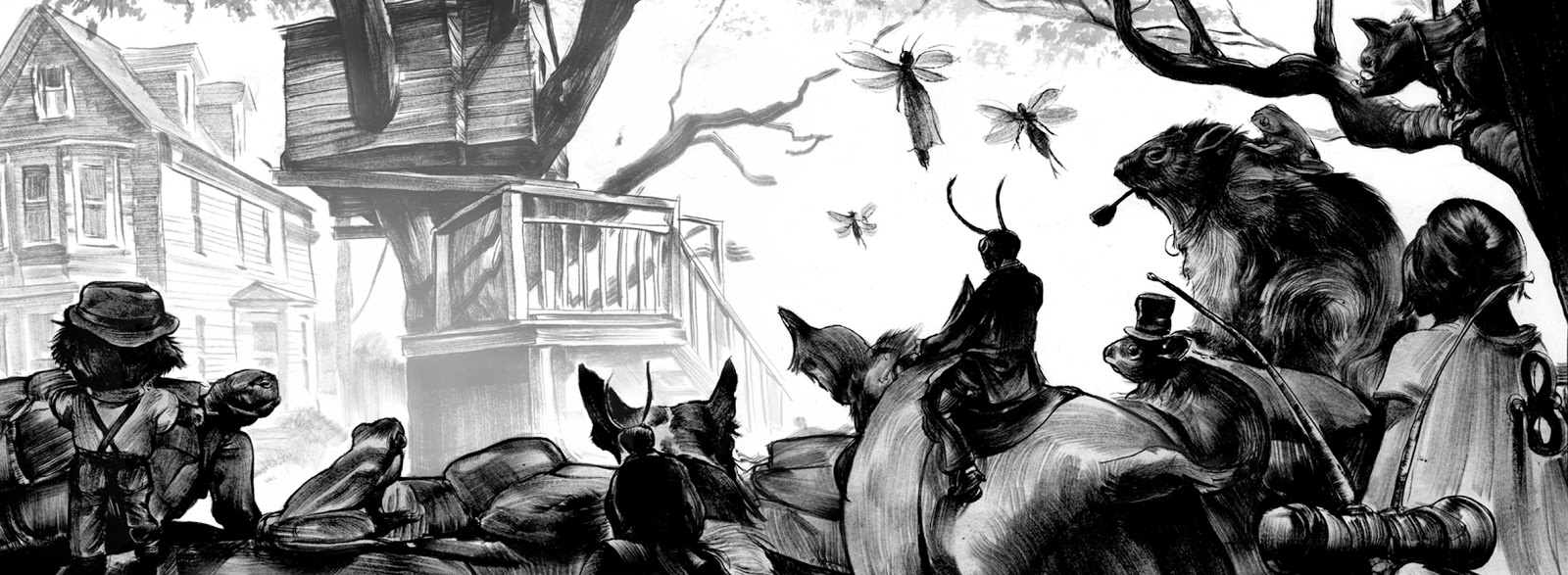


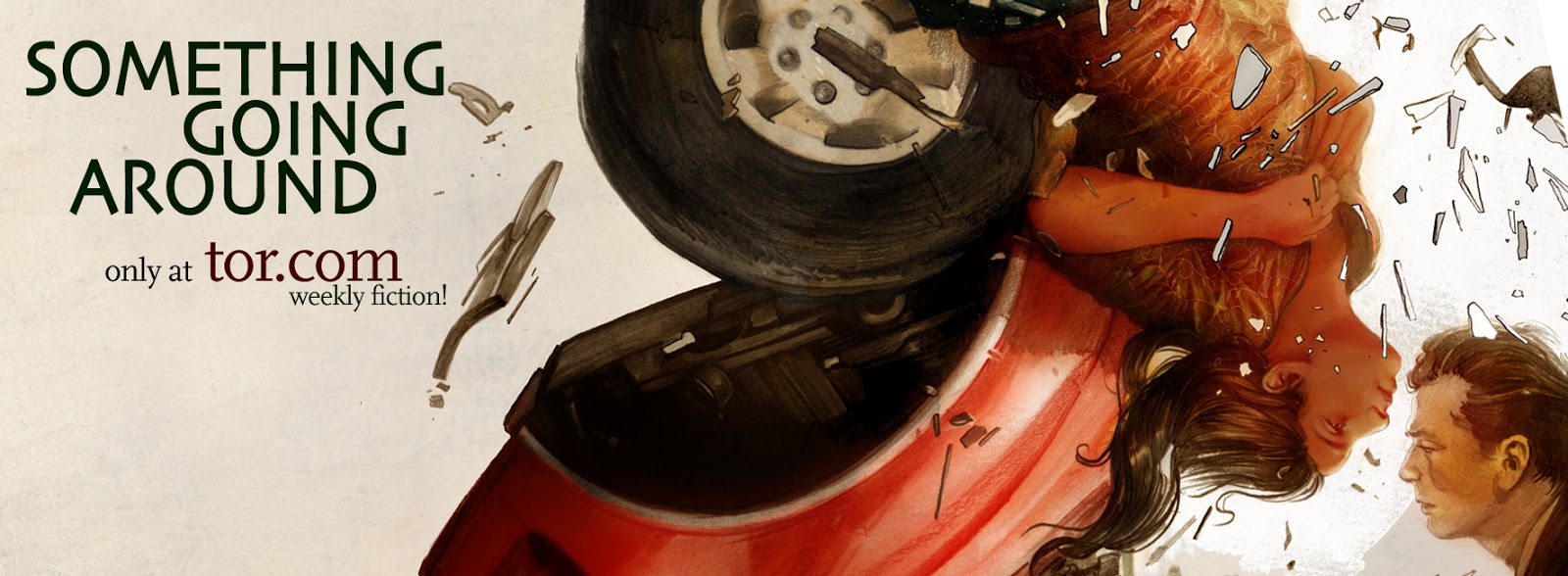
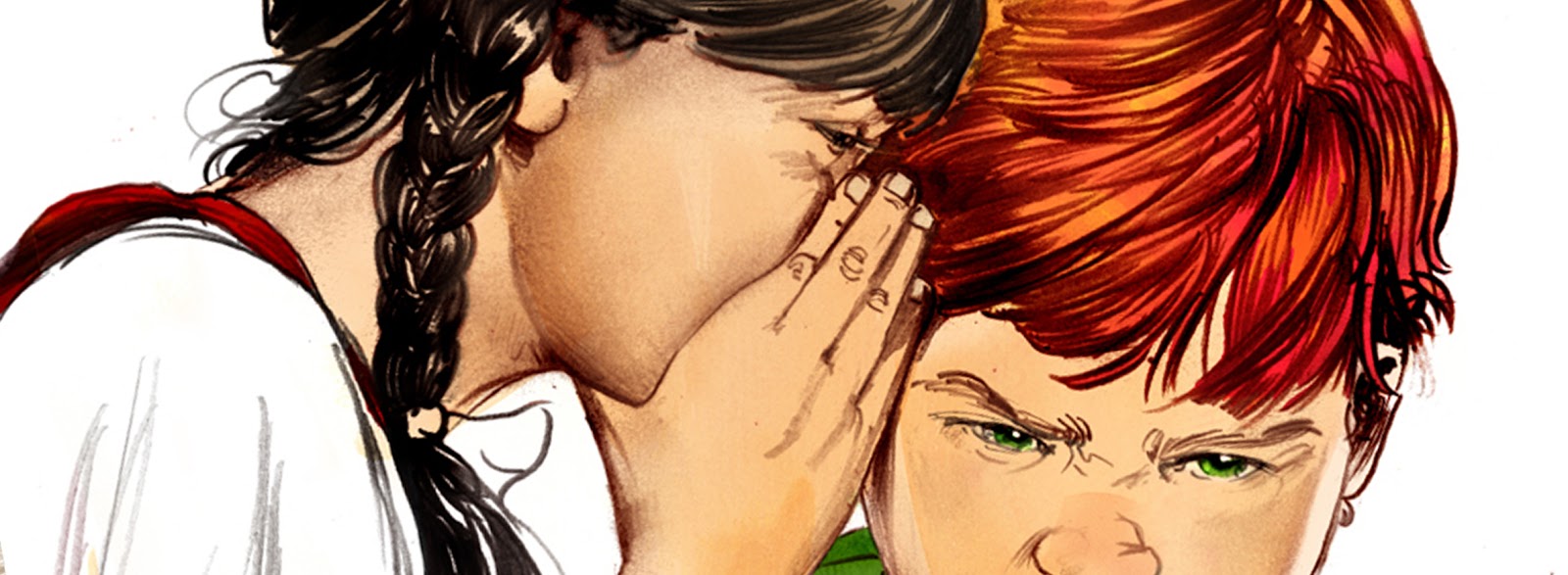
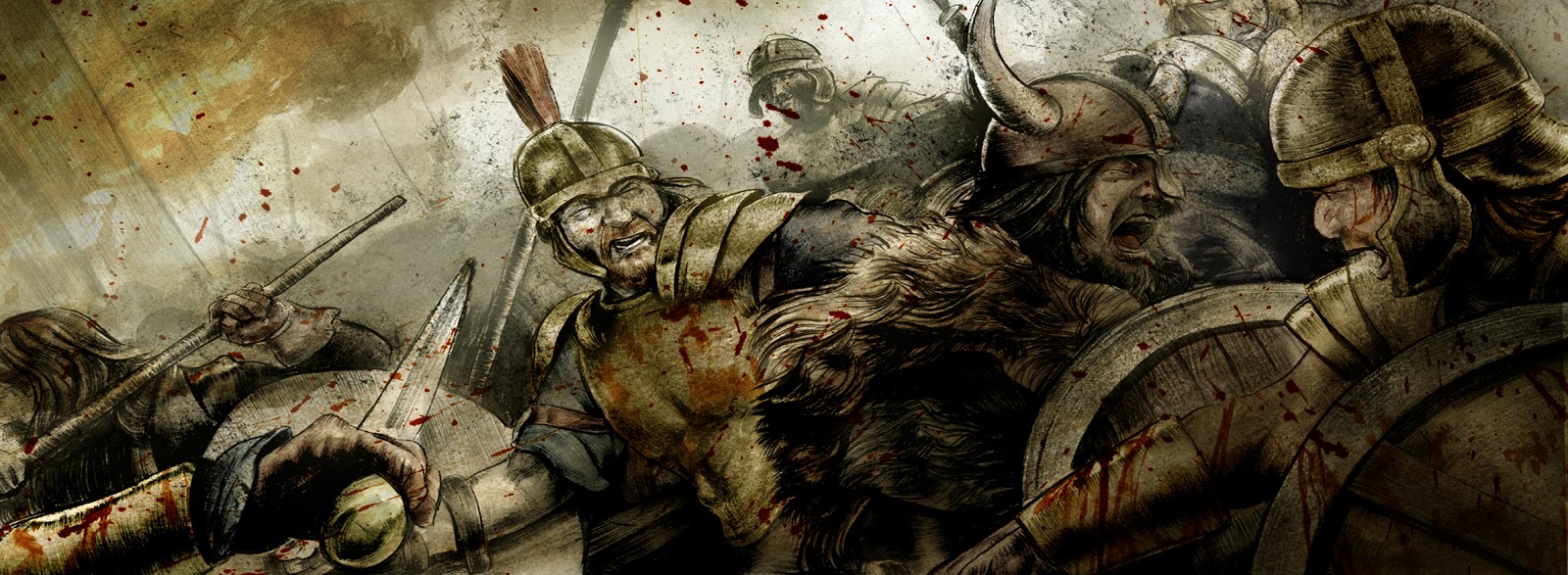
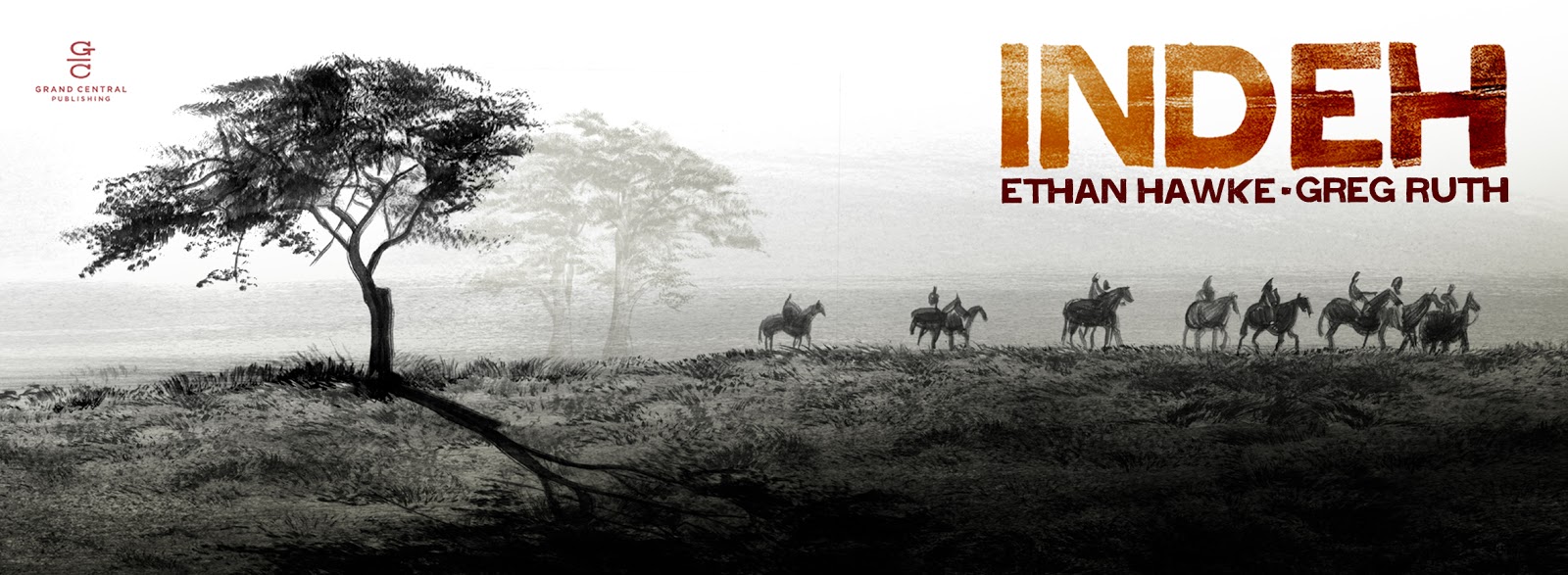
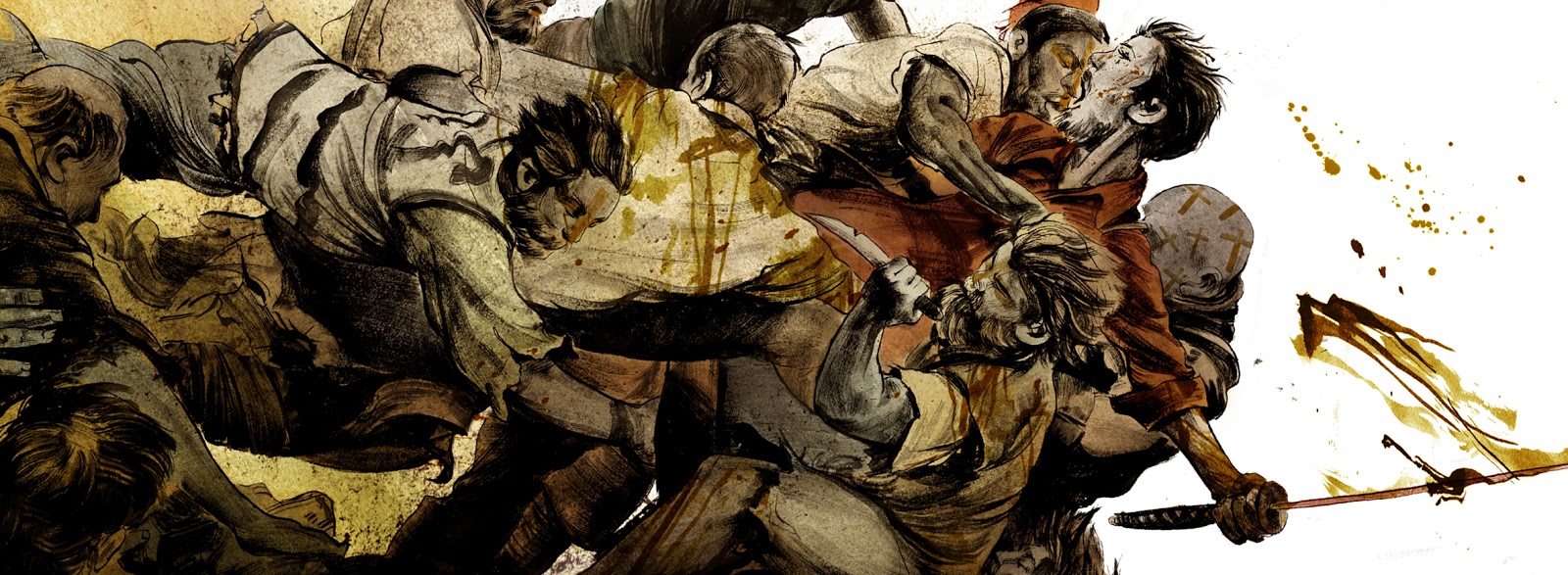


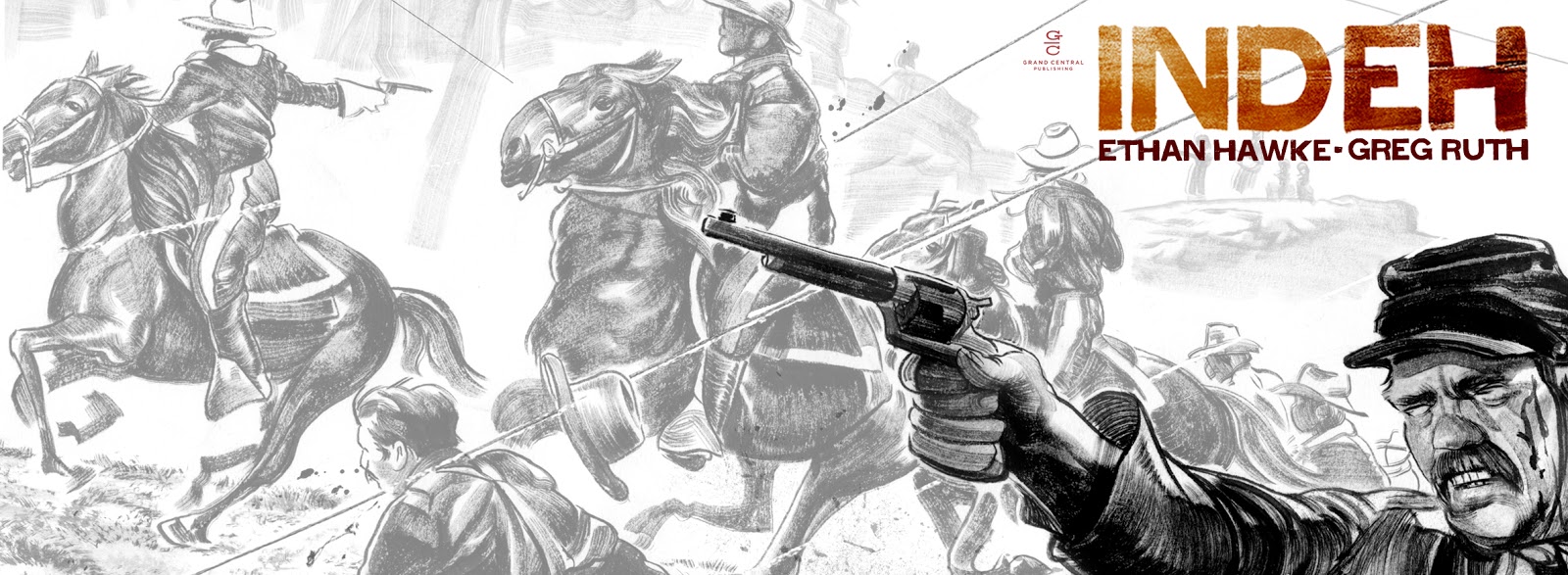
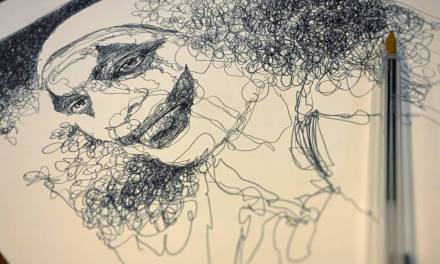
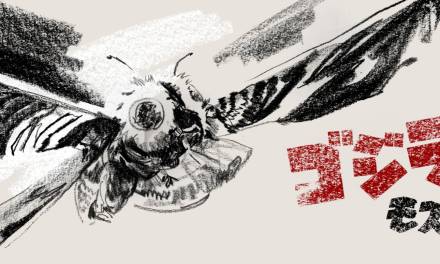
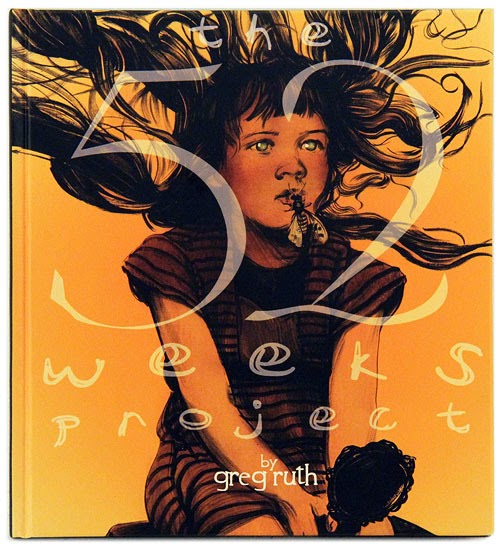
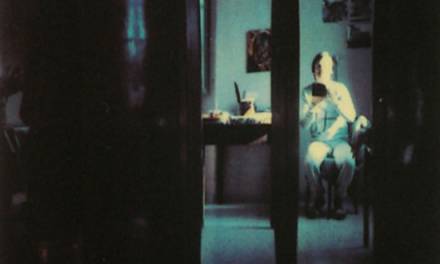

Really great advice here! Especially about how to handle events, politics, and positivity. I've given a couple of panels on social media for artists and this was always so hard to articulate since I'd never want to tell people to not be themselves or believe in things.
A couple other notes to add:
– It IS actually against FB's ToS to sell on your personal page. Something to be aware of. https://www.facebook.com/help/201994686510247
The way I get around that promo limit is to post my art with the relevant print links etc. on my biz page and then just share the art itself onto my personal page. It helps spread the art without being too spammy. People can enjoy the art and go to where they can buy it without me having to play it carefully on my personal account.
– Personal accounts require a login to view public posts while people do not have to login to see posts on business pages. True, you can see a public post if you're linked directly to it but not logged in, but you can't scroll through someone's profile page and public posts if you're not logged in.
– Friend labels (like Acquaintance, etc.) are super helpful! I make sure to push my very personal posts only to my trusted close friends circle, which keeps my Acquaintances/fans from feeling uncomfortable. You can also tailor those labeled groups to where their notifications come up in your feed or not, which can help keep things tidy.
Finally, love love all the cool cover photos you shared! Those definitely give me some ideas.
So many great tips here! Thanks for sharing.
Fantastic Advice!! Thank you so much for sharing. 🙂
Thanks for this really helpful article! It has inspired me to be a bit more organized and active about getting my work seen. Also, thank you, Angela, for your helpful addition.
Thanks for adding to them, angela. Essential advice!
I use Facebook to promote my comics. It's but one tool along with Twitter and my blog. Above all though, keep working on your work. You need to have material to put out there in the first place!
great stuff in this article. Thanks
Sas Programming
INPUT and INFILE
Reading Raw Data Separated by Spaces
Reading Data Values Separated by Commas or Other Delimiters
Applying an INFORM AT Statement to List Input
Reading Character Values That Contain Blanks
Reading Data Arranged in Columns
Reading Column Data That Require Informats
Reading Two Lines (Records) per Observation
Reading Parts of Your Data More Than Once FEATURES: @ point control
Sas Programming
INPUT and INFILE
Reading Raw Data Separated by Spaces
Reading Data Values Separated by Commas or Other Delimiters
Applying an INFORM AT Statement to List Input
Reading Character Values That Contain Blanks
Reading Data Arranged in Columns
Reading Column Data That Require Informats
Reading Two Lines (Records) per Observation
Reading Parts of Your Data More Than Once FEATURES: @ point control